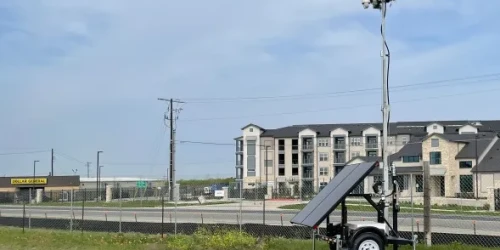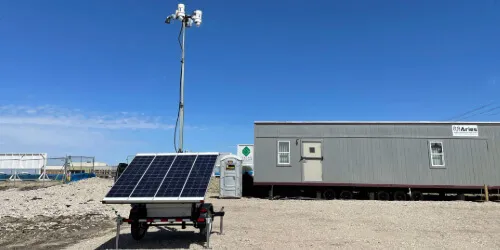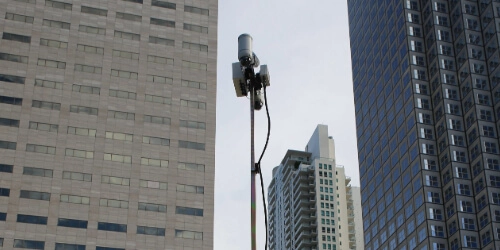

View navigation
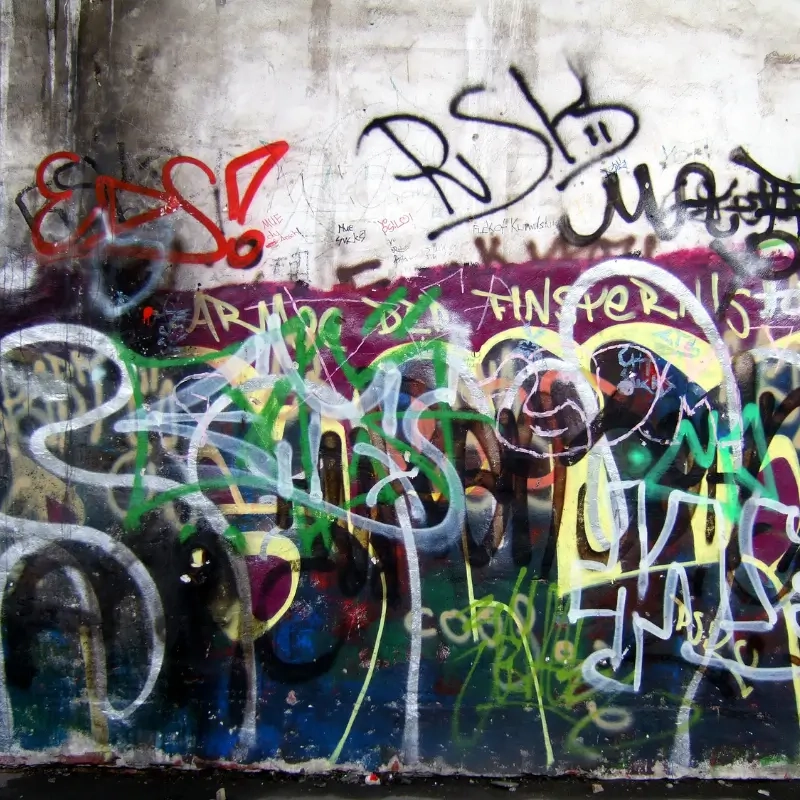
A Threat to Community Wellbeing
Crimes like vandalism, graffiti, loitering, trespassing, and disorderly conduct may seem minor in isolation, but their cumulative impact erodes public trust, lowers property values, and fuels further criminal activity.
According to the Bureau of Justice Statistics, over 5 million property damage crimes are reported annually in the United States, with many more incidents going unreported. These offenses are most common in public parks, transport hubs, business districts, and vacant properties.
Community policing teams and local agencies often face pressure to address these offenses quickly, but limited resources, sparse infrastructure, and poor visibility can make it difficult to deter repeat offenders or collect usable evidence.
The presence of graffiti or vandalism is also linked to the Broken Windows Theory, which suggests that unchecked disorder invites further crime and nuisance behavior.
Restoring order requires more than just cleanup; it demands proactive tools to detect, deter, and respond to incidents as they occur.
Effective Crime Prevention
Quality of life crimes such as vandalism, trespassing, public drinking, graffiti, and drug-related activity can quickly escalate if left unchecked. These behaviors affect public safety, strain local services, and erode trust in law enforcement.
Mobile surveillance systems provide a proven method to deter this type of activity before it escalates into a larger issue. With a highly visible presence, HD video coverage, and live remote monitoring, they provide both deterrence and accountability.
These systems can be positioned in known trouble spots with no need for permanent infrastructure. When incidents occur, live alerts and recorded footage provide authorities with the evidence they need to respond quickly and take effective action. Units can be moved between locations as problems shift, keeping enforcement efforts flexible and cost-effective.
By pairing mobility with real-time oversight, these cameras enable communities to reclaim control of shared spaces and demonstrate that public safety is being taken seriously.
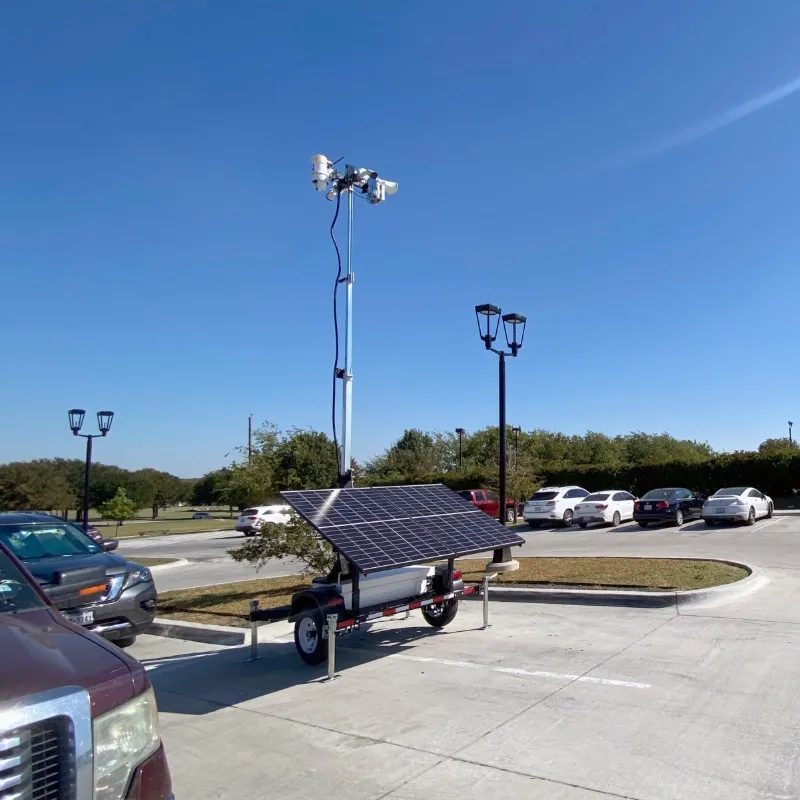
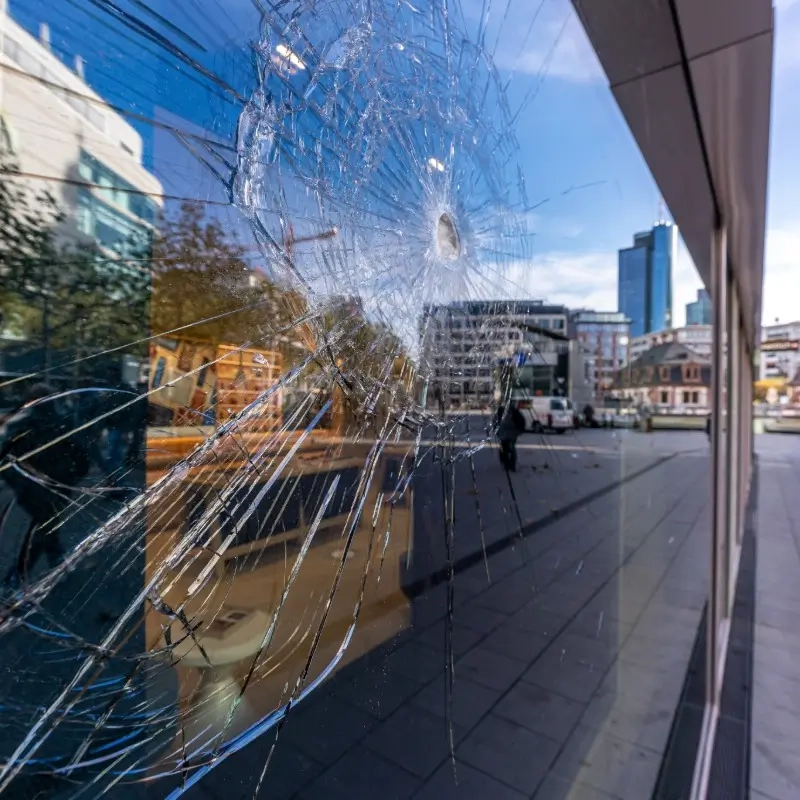
The Hidden Costs of Low-Level Crime
Quality of life crimes may seem minor, but they often signal deeper issues that can spiral into serious criminality. Left unaddressed, they degrade public spaces, create a sense of lawlessness, and fuel a cycle of decay. In fact:
These incidents also drain police resources. When officers are dispatched to repeated minor crimes, their availability for higher-priority calls is reduced.
Deter Crime and Capture Evidence
Vandalism, theft, loitering, and other quality of life crimes often happen in open or unmonitored areas. WCCTV’s mobile surveillance systems are designed for these spaces, offering high visibility, easy deployment, and reliable evidence capture.
Recommended systems include:
All systems are available for rent or purchase and can be backed by live video monitoring, alerts, and deterrents such as audio voice-down and flashing lights.
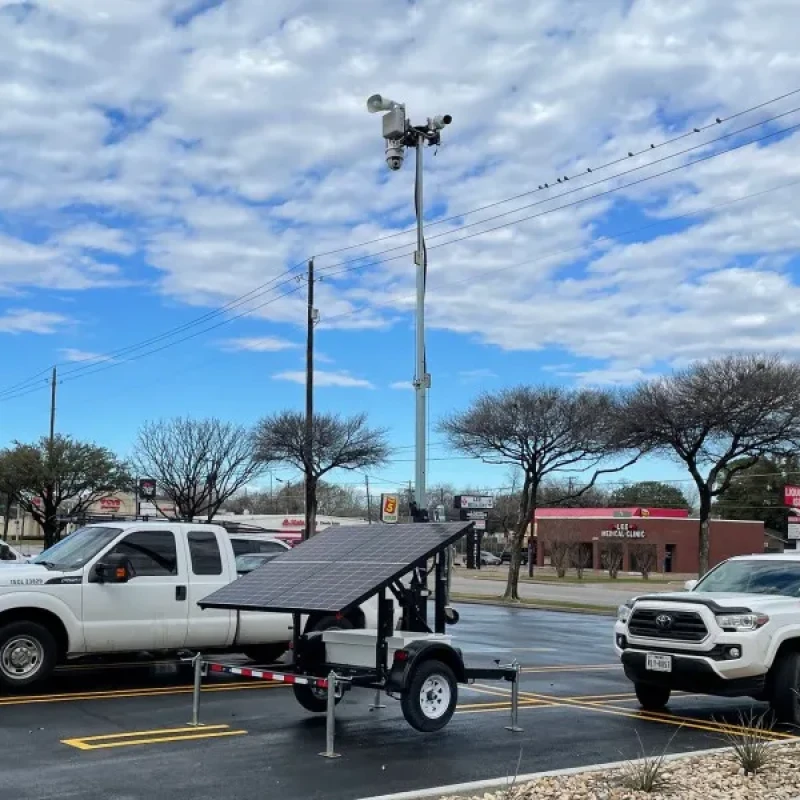
Solutions for Community Safety
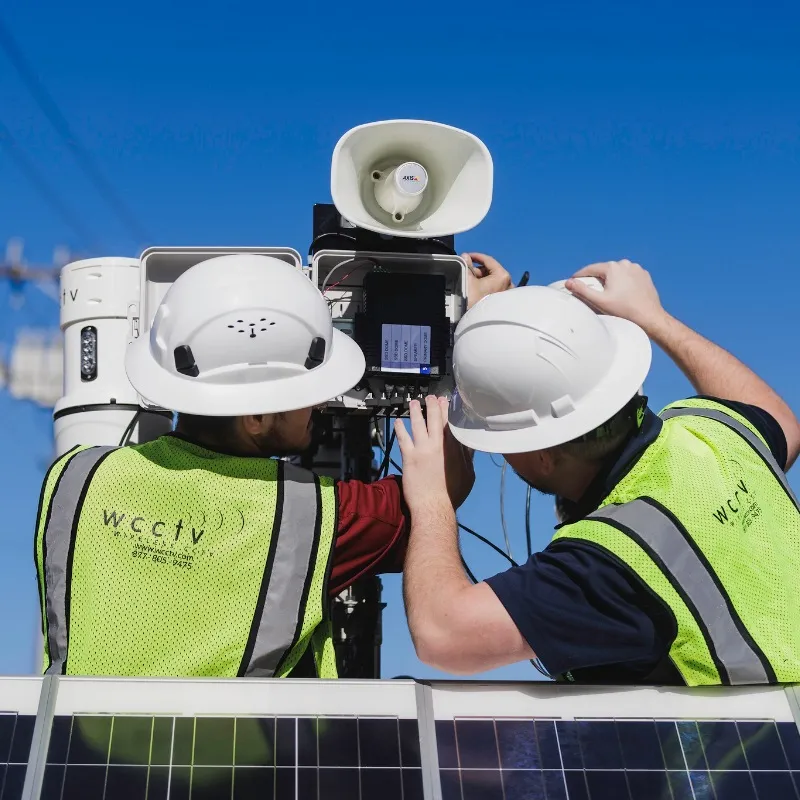
Experience That Drives Results
WCCTV supports hundreds of departments across the US with mobile surveillance systems that deliver results. From public safety teams to city managers and law enforcement, our solutions are chosen for their speed of deployment, reliability, and evidential quality.
Key reasons agencies choose WCCTV:
WCCTV’s mobile surveillance systems are proven to reduce vandalism, reassure communities, and support evidence gathering. Our units are actively used to deter crime, monitor high-risk areas, and help agencies maintain safe and secure public spaces.
Real-Time Protection for Public Spaces
To improve safety across its parking lots, the Lady Bird Johnson Wildflower Center in Austin, TX installed WCCTV’s pole-mounted surveillance cameras and license plate recognition systems.
The Center selected WCCTV’s units as a cost-effective and reliable alternative to on-site guards. The systems include the 4G Multi-Sensor Dome, which provides four live video streams from a single unit, and 4G IR Mini Domes with LPR to identify vehicles entering and exiting the facility.
Staff can remotely monitor the cameras from any device, and the units can be quickly relocated to different areas as security priorities shift.
By using WCCTV’s mobile surveillance, the Center has strengthened its security presence, improved response times, and created a safer environment for visitors and staff.
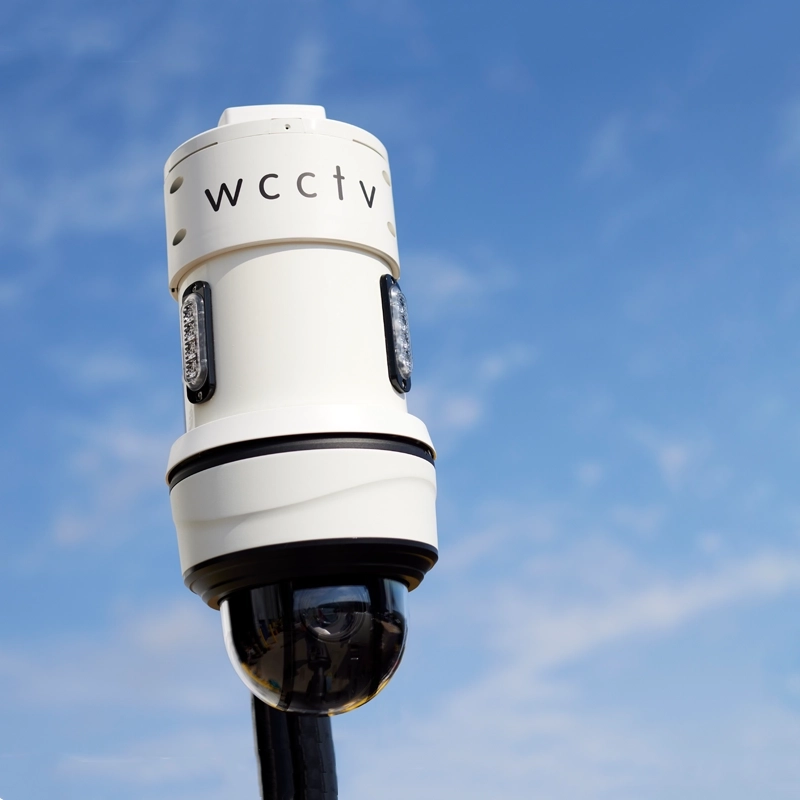
Request a Demonstration
If you'd like any further information on our surveillance systems for reducing Quality of Life crimes, fill out your details and we will be in touch.
What Are Quality of Life Crimes?
Quality of life crimes are low-level offenses that affect the public’s sense of safety and community wellbeing. Common examples include vandalism, graffiti, loitering, illegal dumping, trespassing, and public intoxication.
How Do Mobile Surveillance Units Help Prevent These Crimes?
Mobile surveillance units act as a strong deterrent by increasing visibility in problem areas. They allow law enforcement and city officials to monitor sites in real time, respond faster to incidents, and gather clear evidence for investigation or prosecution.
Where Are These Systems Typically Deployed?
These systems are commonly used in parks, transit hubs, downtown areas, parking lots, housing developments, and business districts. They are ideal for areas without fixed infrastructure or where crime hotspots shift over time.
Can the Systems Be Moved to Different Locations?
Yes. WCCTV’s surveillance units are fully portable and can be redeployed quickly based on emerging needs. This makes them well-suited for temporary issues, ongoing investigations or seasonal crime patterns.
Can Alerts Be Set Up for Specific Incidents?
Yes. Motion-triggered alerts, object detection, and behavioral analytics can be configured to notify teams when suspicious activity occurs, helping reduce response times.
Do These Systems Require On-Site Power or Internet?
No. Our solar-powered trailers and pole cameras operate independently using cellular connectivity and onboard power. They are designed for rapid deployment without the need for external infrastructure.
From the Blog

